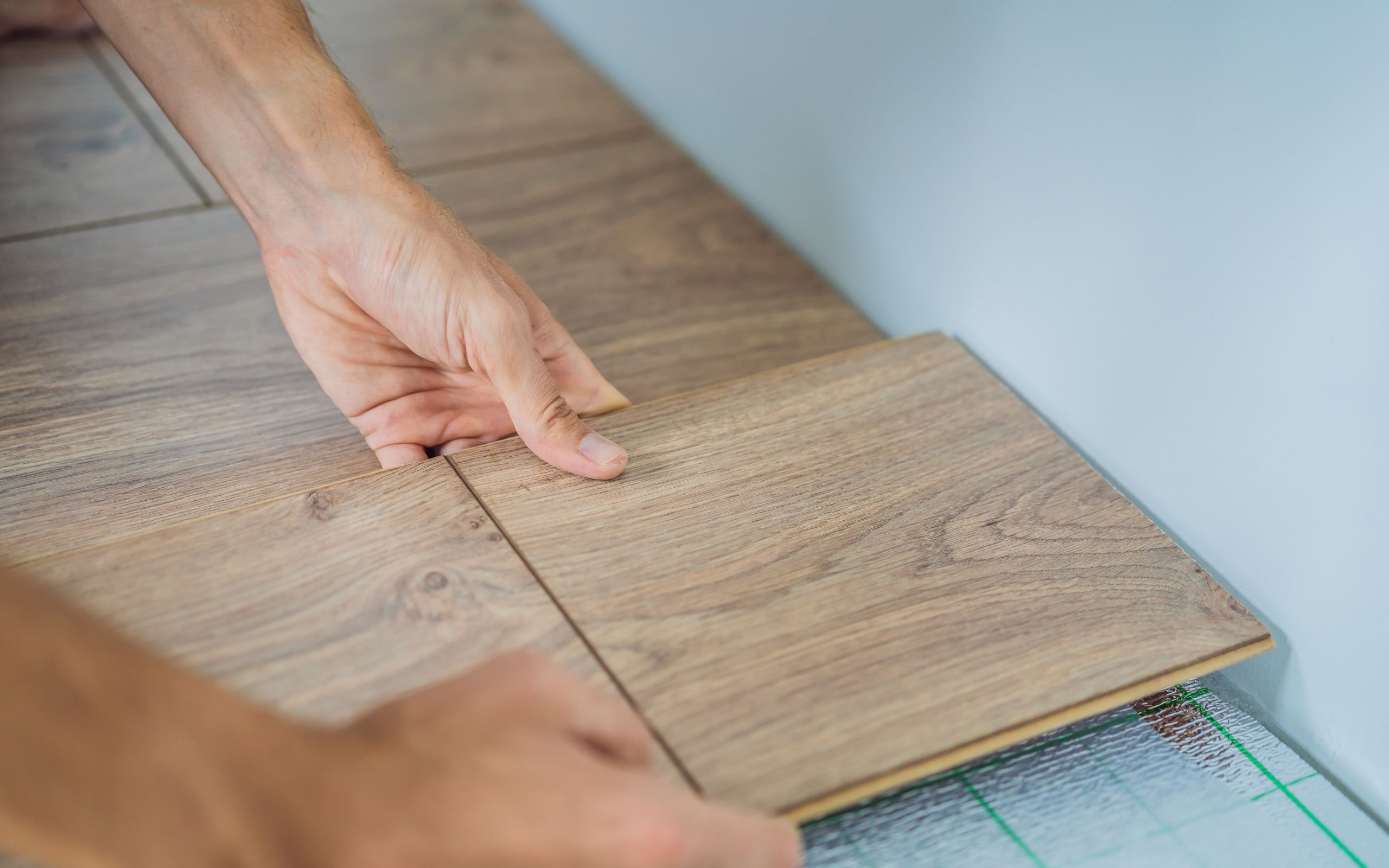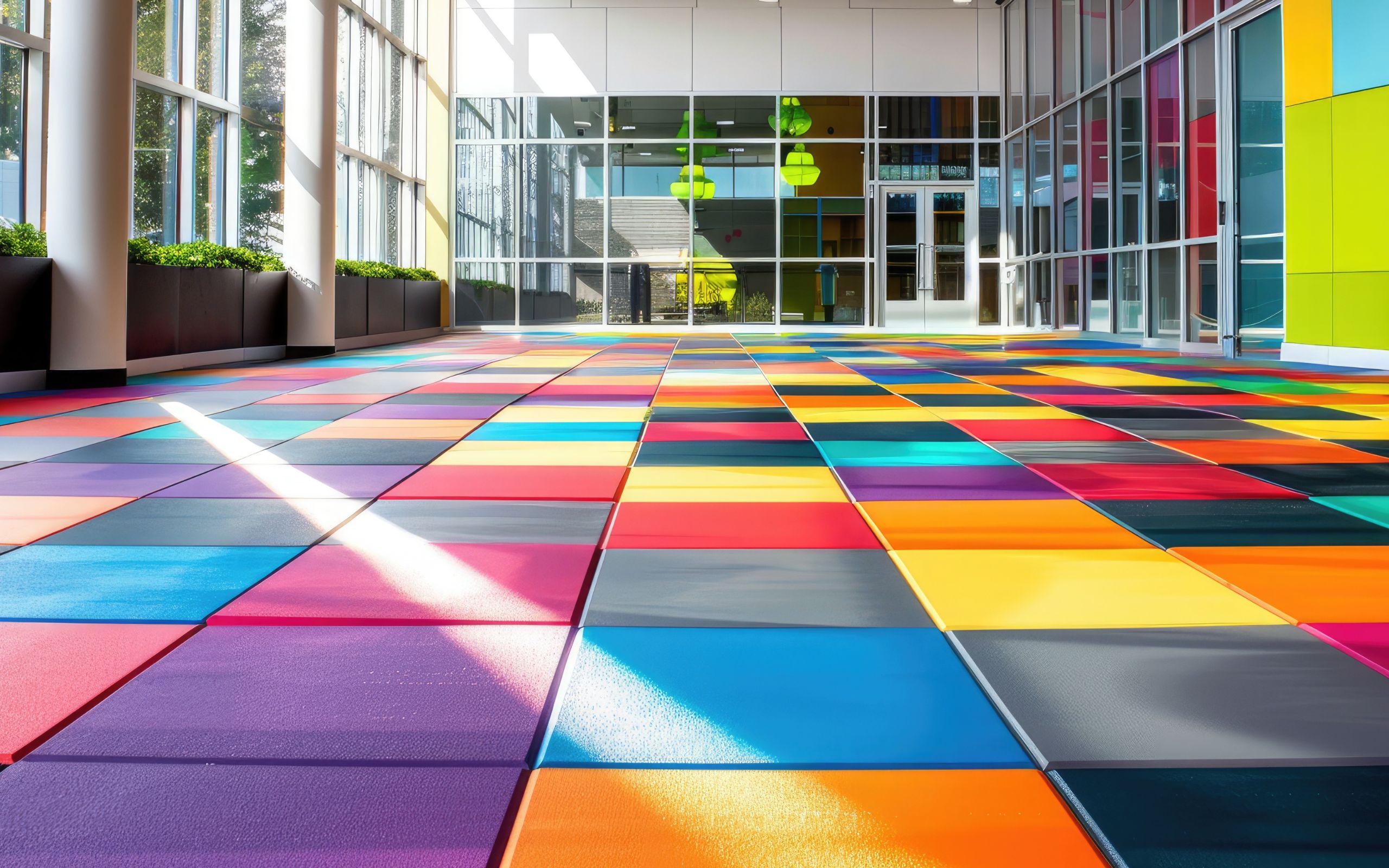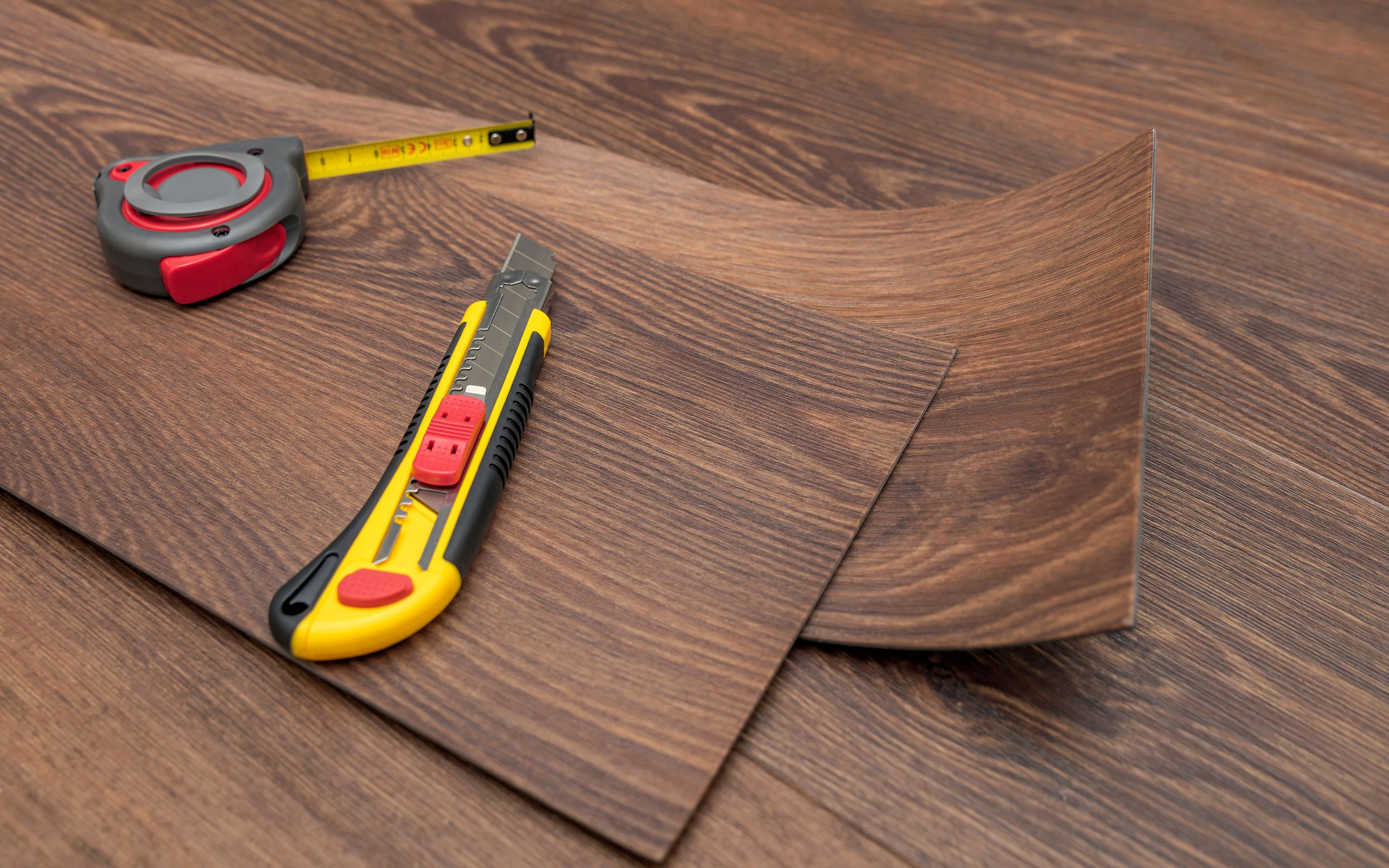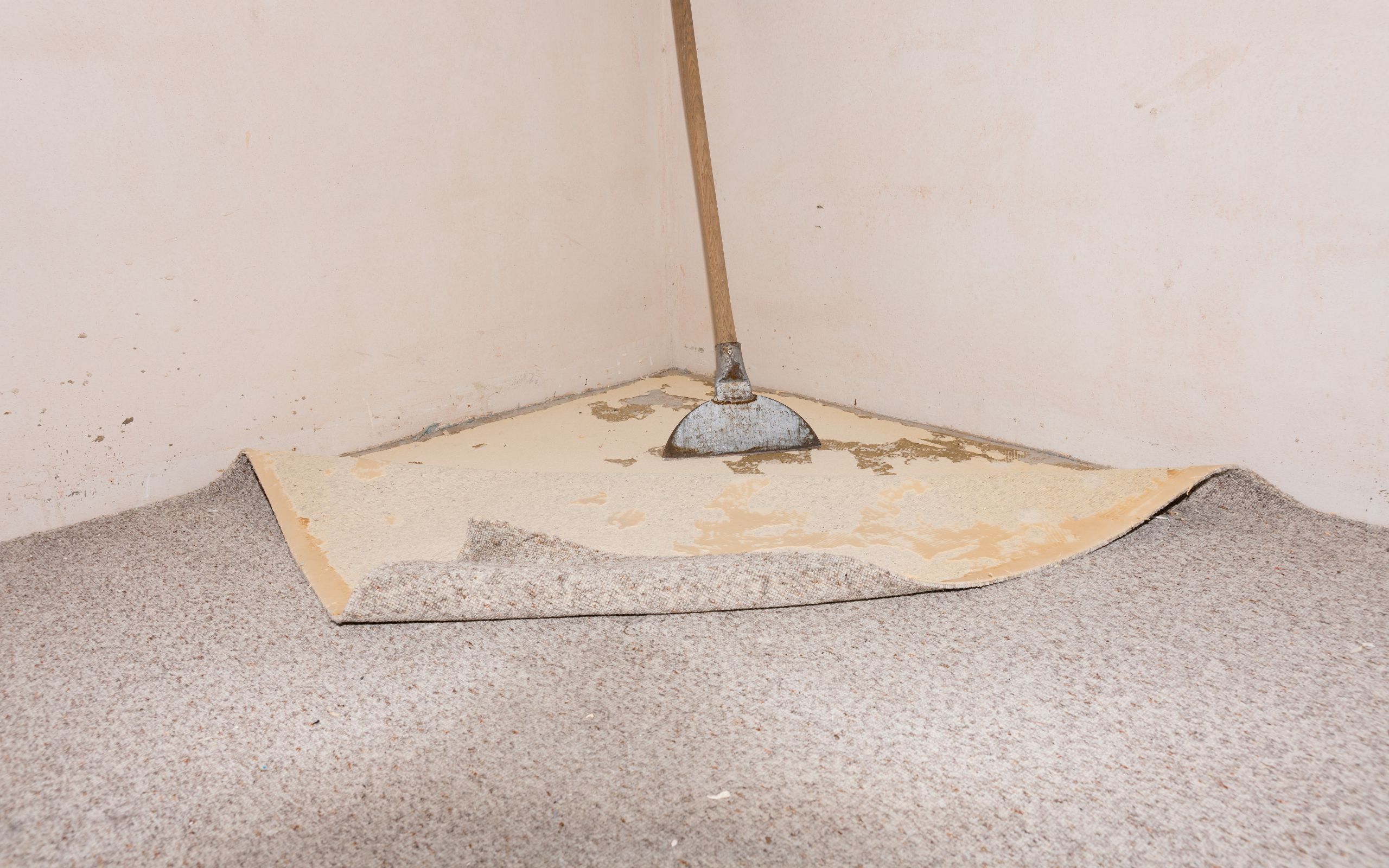Ceramic Tile Sale in Houston
Ceramic and porcelain tile have long been used as a covering for both flooring and for walls. Tile is tough and durable, capable of lasting for many decades, with only minimal grout work, before full replacement is necessary. The tile market is huge, varied, and often confusing. One familiar point of confusion is the differences, if any, between floor tile and wall tile. Are some tiles designated purely as floor tiles and others as wall tiles? Or is there simply one type of tile that is used interchangeably for both areas? Though overlapping to some degree, a few basic differences do make one tile better for one area than for the other area.
Factors That Determine Wall or Floor Tile Categorization
Coefficient of Friction (COF) Rating
COF ratings are one thing that help define which tile goes on walls or flooring. Every ceramic or porcelain tile has a certain COF rating. Floor tiles must have a minimum level of friction for them to be safe to walk on. This is called Coefficient of Friction or COF, with higher numbers representing greater friction. Wall tile can be honed and as slick as glass, and often it literally is glass because friction is not an issue where traction is not a concern. As long as the tile has a COF rating of 0.50 or greater, the tile can be used on interior floors. Exterior paver tile goes even higher, reaching a COF rating of 0.60.
Porcelain Enamel Institute (PEI) Rating
PEI ratings are the second factor the define hardness and durability. The Porcelain Enamel Institute (PEI) issues five classes of PEI ratings that tile companies can use if they wish. Ratings range from Class 1, for areas with no foot traffic, to Class 5, for areas with heavy-duty foot traffic, as found in commercial settings. PEI ratings are usually buried within each tile's specifications and are a good determiner of where a tile can be used.
How to Determine If a Tile Is for Walls or Floors
When shopping for wall or floor tiles, it pays to be an information junkie. Tile manufacturer and retailer sites often provide a wealth of information to help any data-conscious shopper drill into the nature of tiles they are considering purchasing. Most sites will part out COF and PEI ratings in the specifications section.
But some companies go one step further and use the COF and PEI ratings to classify the tiles for the shopper. Some companies break down these categories even more.
Tips on Using Tile for Walls or Floors
Do Not Use Wall Tile on Floors
One strict rule of thumb is to never use wall tile for floors. Tile that has been rated as right for floors can be used on walls. But the opposite is not true. Nobody expects to walk on the wall, so wall tile is often softer and less durable than floor tile. Because wall tile usually does not stand up to the abuse of floor tile, it tends to be softer or more prone to breaking. The best example of this is glass tile, which is very brittle and will not last long as a floor material before breaking. But glass' fragile nature does not matter on walls, where abuse is not as likely.
Use Smaller Tile on Walls
Small tiles are often used on floors. Classic 1-inch hexagonal mosaics have long been installed on bathroom floors. Consumer level floor tile can range up to 18-inch by 18-inch square sizes. With the popularity of super-large format tile, these sizes are sometimes much greater. Because of its visible nature and the difficulty of installing wall tile on a vertical surface, wall tile tends to be smaller and lightweight. As an example of these sizing guidelines, 18-inch square floor tile usually will not work on walls, as it would look garish and overpowering. The bathroom would have to be large enough to support tile of that size, and most residential bathrooms do not reach that size.
Use Vitreous Tile for Walls That Experience Water
Tile, when installed on walls, is most often installed on shower and bathtub walls. With this high concentration of water, the hard, glazed surface (vitreous) of wall tile is most favorable. By contrast, an absorbent tile such as terracotta or quarry tile can be used on a horizontal floor surface, but it would never be used as a wall tile in a high-moisture environment.
Experiment With Unique Materials for the Wall
If you are interested in exotic or unique materials, wall tile has it covered. Some tiles are made of leather, tin, stainless steel, aluminum, and plastics. These are materials that could never be used for the floor.
Use Specialty Tiles on the Wall
Wall tile lends itself to extra embellishments that are found less often in the floor tile. Bands, borders, and listellos are often found in wall tile installations to improve the look and reduce field tile visual monotony.
Source: thespruce
About Fantastic Floors, Inc. We are a successful company with more than 25 years of experience in the market, we have the infrastructure, high quality equipment, materials and supplies to achieve and exceed the expectations of our customers, allowing us to gain the confidence and loyalty for our services.
We have more than 500 residential, 300 properties and 25 commercial customers totally satisfied with our services.

Ceramic Tile Sale in Houston.
Fantastic Floors, Best Carpet Installers in Houston, Best Floor Installers in Houston, A/C Duct Cleaning in Houston, Best Carpet Cleaning in Houston, Best Carpet Installation in Houston, Best Carpet Shampoo in Houston, Best Floor Installation in Houston, Carpet Cleaning Companies in Houston, Carpet Cleaning in Houston, Carpet Installation in Houston, Carpet Sale in Houston, Ceramic Tile Sale in Houston, Commercial Carpet in Houston, Commercial Flooring in Houston, Emergency Water Damage in Houston, Floor Installation in Houston, Flooring in Houston, Flooring Companies in Houston, Hardwood Floor Installation in Houston, Professional Carpet Installation in Houston, Professional Floor Installation in Houston





